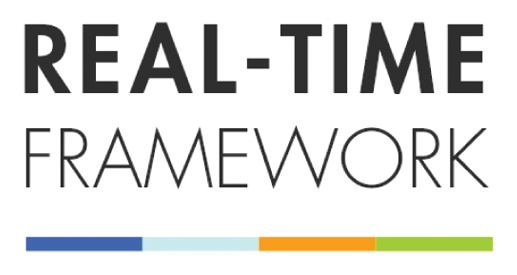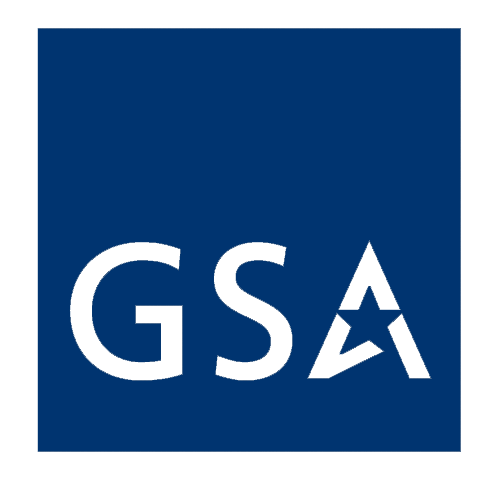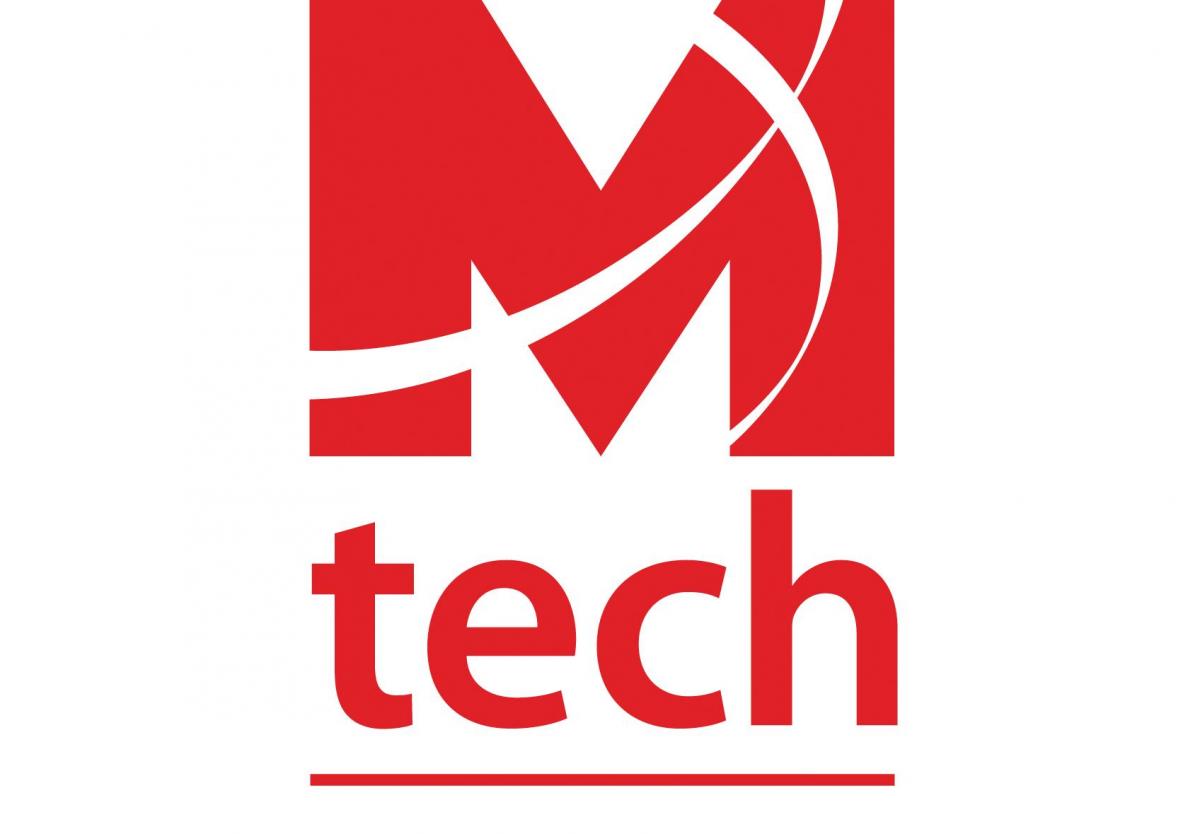Implementation of the Credit Enhancement for Charter School Facilities Program: Final Report
Implementation of the Credit Enhancement for Charter School Facilities Program: Final Report
Temkin K., Hong, G., Davis, L., & Bavin, W.
Executive Summary
Since the first charter school began operating in 1991 in Minnesota, the number of charter schools has grown rapidly from 250 in 1995 to about 4,000 by 2007. Charter schools now enroll more than 1.1 million students in the United States (National Alliance for Public Charter Schools 2007). Charter schools face many challenges when they attempt to purchase or lease permanent facilities and frequently operate in temporary space that is poorly suited for delivering educational services (Dolan, Murray, and Walsh 1998). Unlike regular public schools, they typically do not have separate facilities funding from their school districts. Moreover, charter schools generally cannot issue bonds backed by property taxes to finance facilities. Finally, since charter schools often lack tangible assets and an operating history that could be used to support a loan application, securing facilities financing is particularly problematic (Dolan, Murray, and Walsh 1998).
In response to this problem, the U.S. Department of Education (ED) established, in 2001, the Credit Enhancement for Charter School Facilities Program (the Program). The Program makes available grants on a competitive basis to eligible entities—state or local government, private nonprofits, or consortia—which use Program funds for credit enhancements so that lenders will make loans for the following two purposes:
• The acquisition (by purchase, lease, donation, or otherwise) of an interest (including an interest held by a third party for the benefit of a charter school) in improved or unimproved real property that is necessary to commence or continue the operation of a charter school; and
• The construction of new facilities, or the renovation, repair, or alteration of existing facilities, necessary to commence or continue the operation of a charter school (Title V, Part B, Subpart 2, §5224 of the Elementary and Secondary Education Act of 1965, as amended by the No Child Left Behind Act).












Connect with us Facebook
Facebook  Twitter
Twitter  LinkedIn
LinkedIn